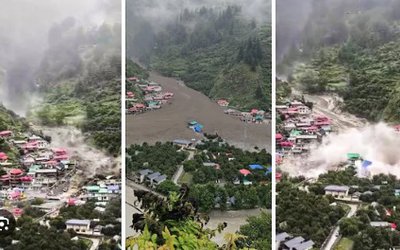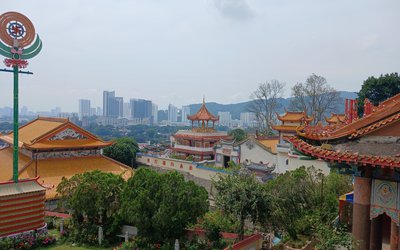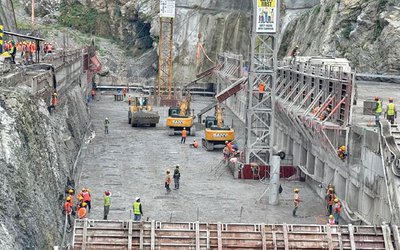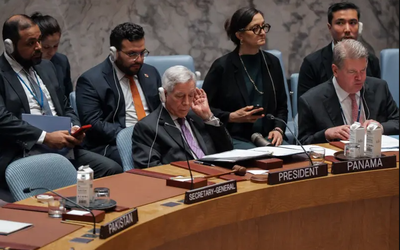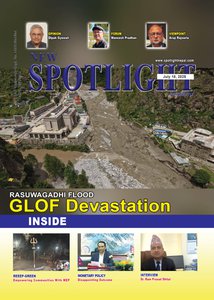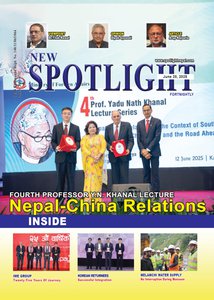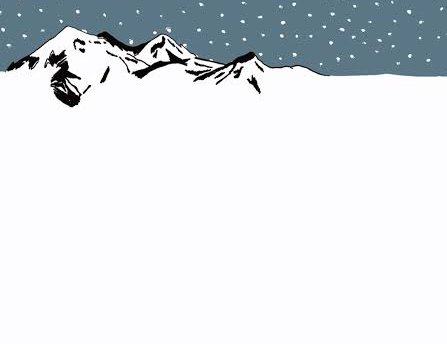
The Mountains That Whispered Secrets
The Himalayas have always been a place of contradictions—sacred and strategic, eternal and ephemeral. In the autumn of 1973, Peter Matthiessen, a man fractured by grief and shadowed by secrets, set out into Nepal’s Dolpo region. His journey, memorialised in The Snow Leopard, would become one of the most celebrated spiritual memoirs of the 20th century. But the mountains kept another story, one etched not in the pages of his journal but in the unspoken tensions of the Cold War.
Matthiessen was ostensibly there to study the elusive snow leopard alongside biologist George Schaller. Yet from the moment he landed in Kathmandu, he walked a razor’s edge between pilgrimage and subterfuge. The city teemed with hippies, spies, and Tibetan refugees, all orbiting the same question: What secrets did these peaks conceal?
The Zen Spy
To understand Matthiessen’s duality, one must begin in 1953 Paris. There, a young writer co-founded The Paris Review, the literary journal that would launch titans like Philip Roth and Adrienne Rich. Decades later, it was revealed that the CIA, through its cultural front the Congress for Cultural Freedom, had funnelled money into the publication. Matthiessen, though never a formal operative, later admitted, “We didn’t know it was CIA money, but we should have.” By 1973, the weight of this ambiguity hung over him.
His wife, Deborah Love, had died of cancer months earlier, leaving him untethered. Nepal became his refuge—a place to lose himself in Zen Buddhism and the stark beauty of the Himalayas. But Kathmandu in the 1970s was no sanctuary. The city pulsed with Cold War intrigue. At the Yak & Yeti Hotel, where climbers traded stories of Everest, CIA operatives sipped rum-laced chai under pseudonyms. Tibetan guerrillas, trained at Colorado’s Camp Hale, slipped through the alleys near Boudhanath Stupa, bound for covert missions in Chinese-occupied Tibet. Even the monkeys perched on Swayambhunath’s temples seemed to chatter in code.
Schaller’s wildlife research offered plausible cover. Declassified documents later revealed that scientific expeditions in the Himalayas often doubled as intelligence-gathering missions. Teams mapped remote trails for Pentagon strategists, their theodolites and radios disguised as research tools. Schaller, now 91, insists their work was purely ecological. But in Dolpo, villagers still whisper about foreigners who asked too many questions about routes to Tibet.
The Unseen Leopard
For 57 days, Matthiessen trekked through a landscape that defied time. Dolpo’s medieval villages clung to cliff-sides, their prayer flags fluttering like faded parchment. At Shey Gompa, a 12th-century monastery, he meditated beneath murals of snow leopards—symbols of enlightenment in Tibetan Buddhism. Yet the leopard he sought remained elusive, a ghost in the scree.
The metaphor was apt. As Matthiessen scribbled Zen koans in his journal, CIA-backed Tibetan guerrillas staged raids into China from Nepal’s Mustang region. Coded radio transmissions crackled through the valleys, and mountaineering teams hauled equipment that mapped borders as deftly as it scaled peaks. “In Nepal, every foreigner in the ’70s was a potential asset,” historian Kenneth Conboy notes. “You didn’t need to be James Bond—you just needed to be there.”
Matthiessen’s journals, archived at Princeton, betray flickers of unease. On October 14, 1973, he wrote: “Schaller suspects the Nepalese guides report to someone… but to whom?”Days later, while repairing a broken radio at 15,000 feet, he mused on the “frailty of human connections.” The irony is palpable—a man literally reattaching voices across the mountains, yet silent about the larger transmissions humming through those valleys.
The Book and Its Ghosts
When The Snow Leopard was published in 1978, critics hailed it as a transcendent meditation on loss. The New Yorker called it “a masterpiece of nature writing,” and it won the National Book Award. But its omissions gnawed at scholars. Writer Suki Kim argued that its “spiritual purity” whitewashed the Cold War realities surrounding it.
Postcolonial critiques cut deeper. Nepali author Manjushree Thapa observed: “Matthiessen’s ‘timeless’ Himalayas ignore our lived reality—the Rana dynasty’s tyranny, the poverty masked by mystic clichés.” Even the snow leopard, that elusive metaphor, drew ire. For Sherpas, the creature was no abstract symbol but a living predator, one that stalked their livestock and dreams in equal measure.
Yet the book’s power lies in its paradoxes. Matthiessen’s prose, luminous as Himalayan light, grapples with a truth he could never fully articulate: that spirituality and espionage are both acts of seeking. One looks inward, the other outward, but both are haunted by the unseen.
The Double-Edged Legacy
Today, Dolpo is a pilgrimage site for trekkers retracing Matthiessen’s path. Luxury lodges promise “Zen retreats,” their brochures airbrushed of the region’s grit. At Shey Gompa, solar-powered trail cameras monitor snow leopards—ironic sentinels of a climate crisis Matthiessen later lamented.
The Great Game never ended; it evolved. China’s Belt and Road Initiative has strung highways across Nepal’s northern borders, while Indian and U.S. agencies fund “development projects” with strategic undertones. In Kathmandu, a former Gurkha soldier sips masala chai and remarks, “The spies never left. They just swapped trench coats for TikTok.”
Yet the mountains endure. At dawn, when light spills over Dhaulagiri’s ridges, it’s easy to imagine Matthiessen’s ghost crouched on a boulder, notebook in hand. His redemption, like the snow leopard’s tracks, remains etched in the landscape—a reminder that even the purest quests cast shadows.
Final Sip: “In Nepal, every shadow holds two stories: one the light reveals, the other it conceals.”
*Zakir Kibria is a writer and nicotine fugitive (once successfully smuggled a lighter through 3 continents). Entrepreneur | Chronicler of Entropy | Cognitive Dissident. Chasing next caffeine fix, immersive auditory haze, free falls. Collector of glances. “Some desires defy gravity.”
Email: zk@krishikaaj.com
Read
- The Snow Leopard (Penguin Classics, 2008) with essays on its Cold War context.
- The CIA’s Secret War in Tibet by Kenneth Conboy (2002).
Listen
- #AltitudeJazz playlist: Mingus’ “Goodbye Pork Pie Hat” meets Nepali sarangi improvisations.
Visit
- Shey Gompa, Dolpo: Where prayer flags flutter beside abandoned radio towers.
- The Tehran Gambit: How America’s War on Iran Accelerated the Birth of a Post-Western World
- Aug 05, 2025
- The Digital Strip Search: How America’s Social Media Visa Edicts Redraw Colonial Borders in Cyberspace
- Jul 14, 2025
- The Iron Silk Road: How a Train to Tehran is Rewriting The World’s Map – And Why The Old Powers Are Terrified
- Jun 25, 2025
- The Kuala Lumpur Pivot: How A Silent Summit In Malaysia Is Rewriting The Global Economic Map
- Jun 16, 2025
- The Rise of Mediation Diplomacy – How Hong Kong’s IOMed Charts a New Path for a Multipolar World
- May 28, 2025


